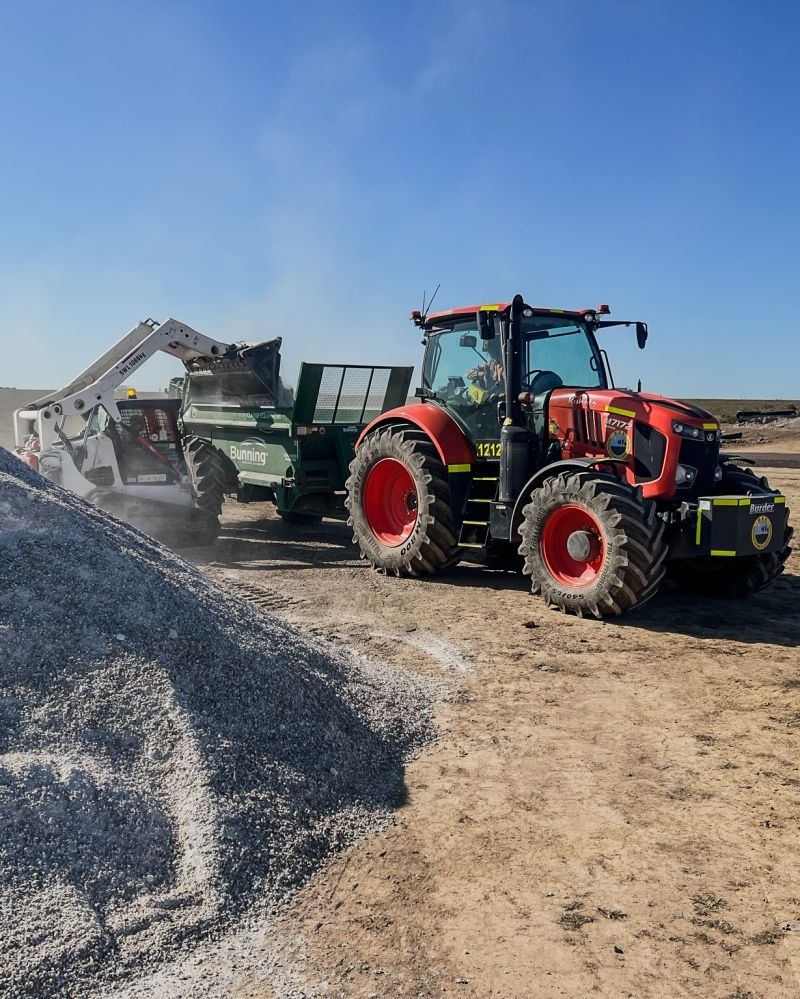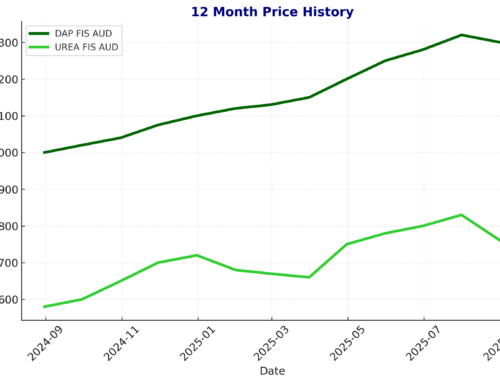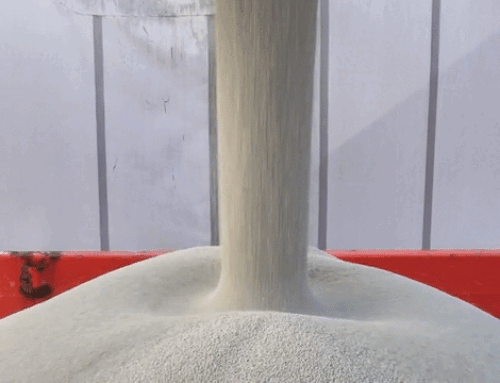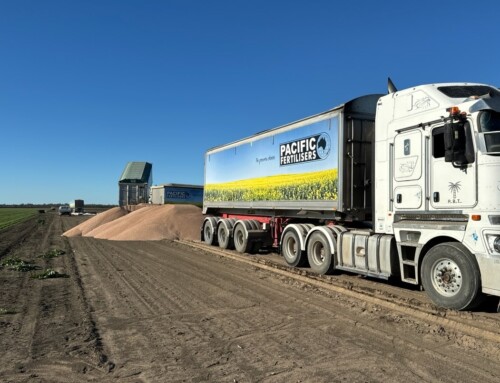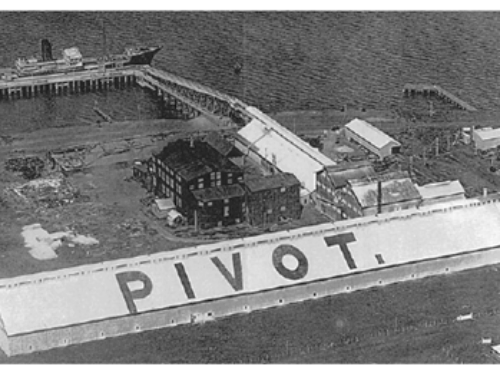Dispersive Soil Management (DSM)
Dispersive Soil Management is to define the overall soil dispersion risk of the site soils and to
provide appropriate management principles in order to ensure that proposed earthworks do not
cause land degradation. Good management can also mitigate effects on the built environment from soil dispersion as a consequence of soil disturbance.
Dispersive Soil Management Plan (DSMP) will generally test the soil emersion, soil pH, soil salinity and soil sodicity (ESP) to ascertain the Overall Soil Dispersion Risk. Allowing the principal contractor to implement the most appropriate DSMP for the site and soil type.
Emmerson Class Test:
An Emerson number of 1 indicates a strongly dispersive soil, an Emerson number of 2 indicates a
high risk of significant soil dispersion; an Emerson number of 3 indicates a moderate risk of
significant soil dispersion; whilst an Emerson number ranging between 4 and 8 indicates a soil with
low to negligible dispersion tendencies.
Soil pH Test:
Soil pH is a secondary indicator in the estimation of soil dispersion hazard; where significantly
alkaline pH values (e.g. pH >8.0) can indicate a higher risk of soil sodicity and subsequent soil
dispersion.
Soil Salinty Test:
Soil salinity reflects the relationship between landscape hydrology, geology, soil properties and
vegetation. Soil salinity is also secondary indicator in the estimation of soil dispersion hazard. Soils
with mildly saline values (or relatively higher values to comparison soils) can sometimes indicate
higher levels of sodium and therefore can indicate a higher risk of soil sodicity and subsequent
soil dispersion.
Soil Sodicity Test:
Soil Sodicity is a measure of exchangeable sodium in relation to other exchangeable cations and is
expressed as the Exchangeable Sodium Percentage (ESP). ESP is an important primary risk indicator
in the identification of dispersive soils. The common problems that may be encountered with sodic
soils are lower hydraulic conductivity (i.e. water logging), higher susceptibility to tunnel erosion and
severe gully erosion, poor aeration and reduction in plant-available water capacity and poor
leaching (i.e. build up of salts). The tendency for soil dispersion usually increases with increasing ESP. Sodic soil layers (ESP ≥6)
may disperse and strongly sodic soils (ESP ≥15) usually do.
Sub-surface Treatment (how to treat dispersive soils):
If it is considered that the subsoil/sub-surface materials exhibit an overall high to very high soil
dispersion risk and therefore shall require specific soil amelioration and management practices in
order to mitigate the soil dispersion risk. Depending on the above testing the subsoil/sub-surface materials could require gypsum soil amelioration in specific, targeted areas at an equivalent minimum rate of t/m3 to manage the dispersion risk.
